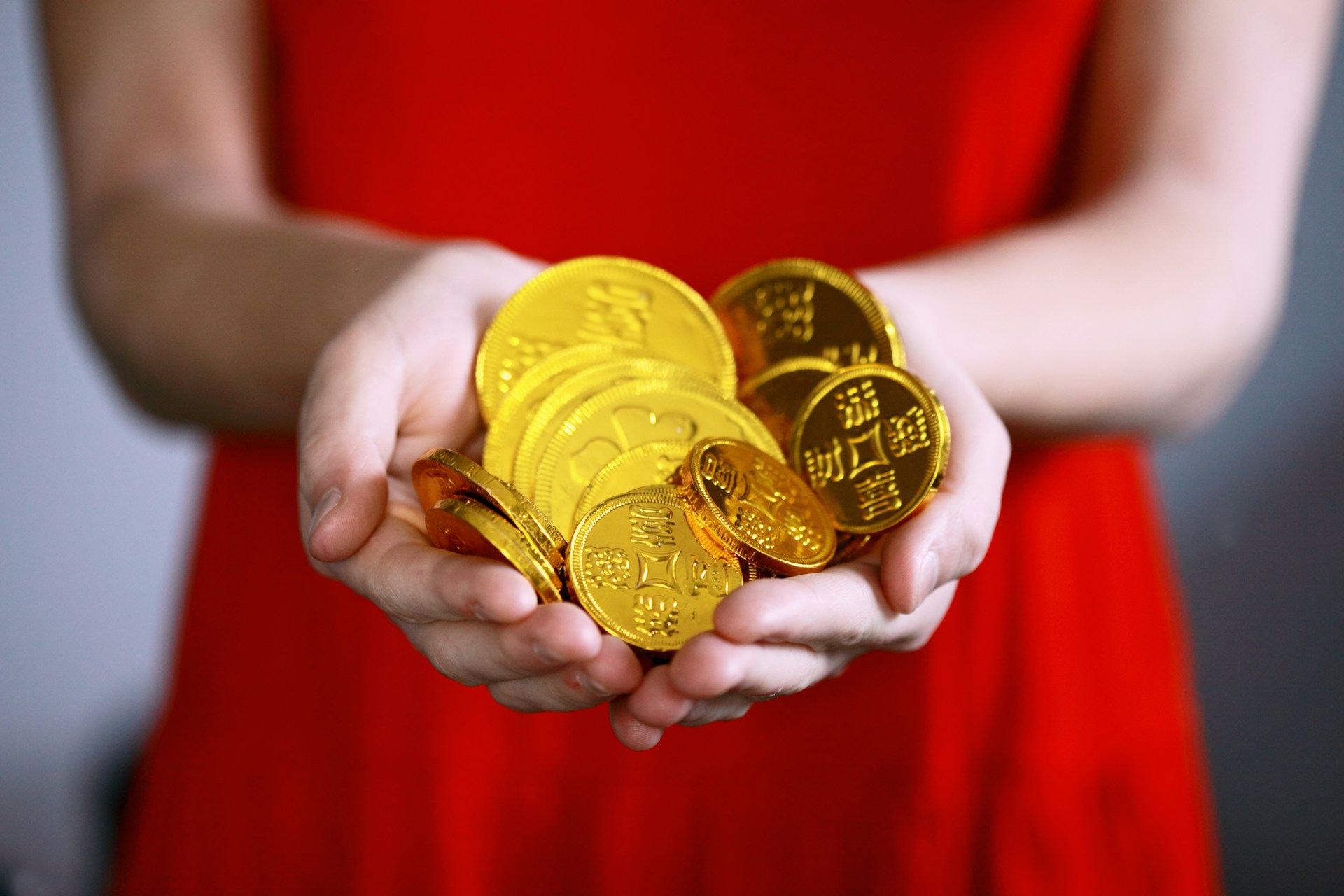Four-leaf clovers have long been associated with St. Patrick’s Day in March, and it is a commonly held belief that finding one brings good luck. Cultures around the world interpret luck in various ways and believe that it can manifest in symbols such as objects, animals or foods. Asian countries have no shortage of lucky icons and superstitions, all of which can provide a wealth of insight into their respective cultures.
According to Eve Conant, a writer for National Geographic, elephants are a common lucky symbol found in Thailand. Elephant-shaped charms and jewelry as well as clothing featuring elephants can be found in many markets and stores. Conant also highlights the maneki-neko, the waving cat figurines found throughout Japan. They are “meant to attract customers and bring wealth and luck.”
The arowana, or dragonfish, is another example of a lucky animal. It is valued in China because its radiant scales resemble that of a dragon, and is therefore believed to bring prosperity, according to Reuters writer Eveline Danubrata. Furthermore, the Mandarin characters for “fish and water are associated with wealth,” so fish are popular pets in China.
In Indonesia, homemade masks known as tetek melek are often found hanging in doorways. They are “crafted from coconut palm fronds” and are believed to repel evil, says Conant. When the first cases of COVID-19 in Indonesia were recorded in Tulungagung, thousands of townspeople created tetek melek in hopes of protecting themselves and their families, according to Jakarta Post writer Titah AW.
With finals week just around the corner, it may help to highlight some of the rituals, foods and superstitions that many students in Asia rely on during exam times.
In Korea, seaweed soup may be a birthday staple, but it is generally avoided before exams. According to Jody-Lan Castle, a writer for BBC News, it is believed that the slipperiness of the seaweed means the student will “lose all the knowledge” they gained from studying. On a similar note, many Korean students do not wash their hair the night before an exam as it could “wash all the knowledge out.”
Eating katsudon on the day of an exam is a long-held tradition for Japanese students, says Castle. The dish comprises a “bowl of rice topped with egg and a deep-fried pork cutlet,” or katsu, which sounds very similar to the Japanese word for “winning.” Recently, however, many students have begun associating KitKat chocolates with the same meaning. In Japanese, it is pronounced as “kitto katto,” which sounds like “kitto katsu,” or “surely winning.”
According to Castle, students in Singapore drink warm chicken essence on exam days, as it is supposed to improve concentration. In Hong Kong, university campuses serve apples during exam times because the Cantonese word for “apple” (ping guo) sounds like the word for “safety.”
A particularly unique lucky charm found in China is red underwear. Since red is widely considered to be a lucky color, students often wear red underwear or other red clothing during an exam, says Castle.
Whether it is to ensure a successful exam or a prosperous career, cultures throughout Asia use various objects and rituals to bring luck. As different as they may seem, one thing they all have in common is that they stem from people’s desire to help themselves, their families and their communities live their best lives.
Visual Credit: Alexander Grey

Comments are closed.